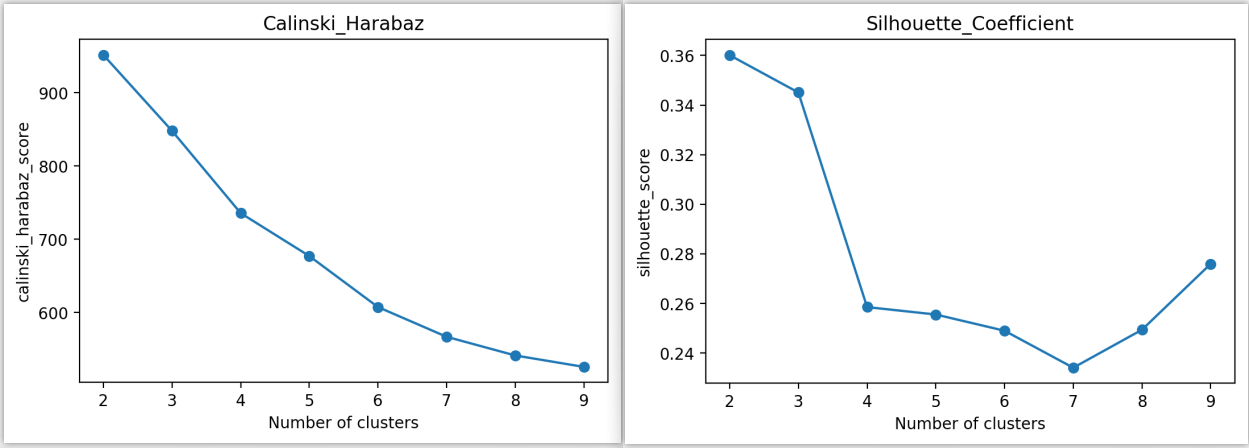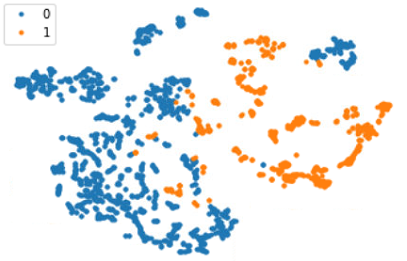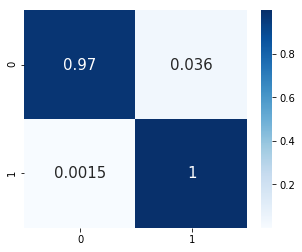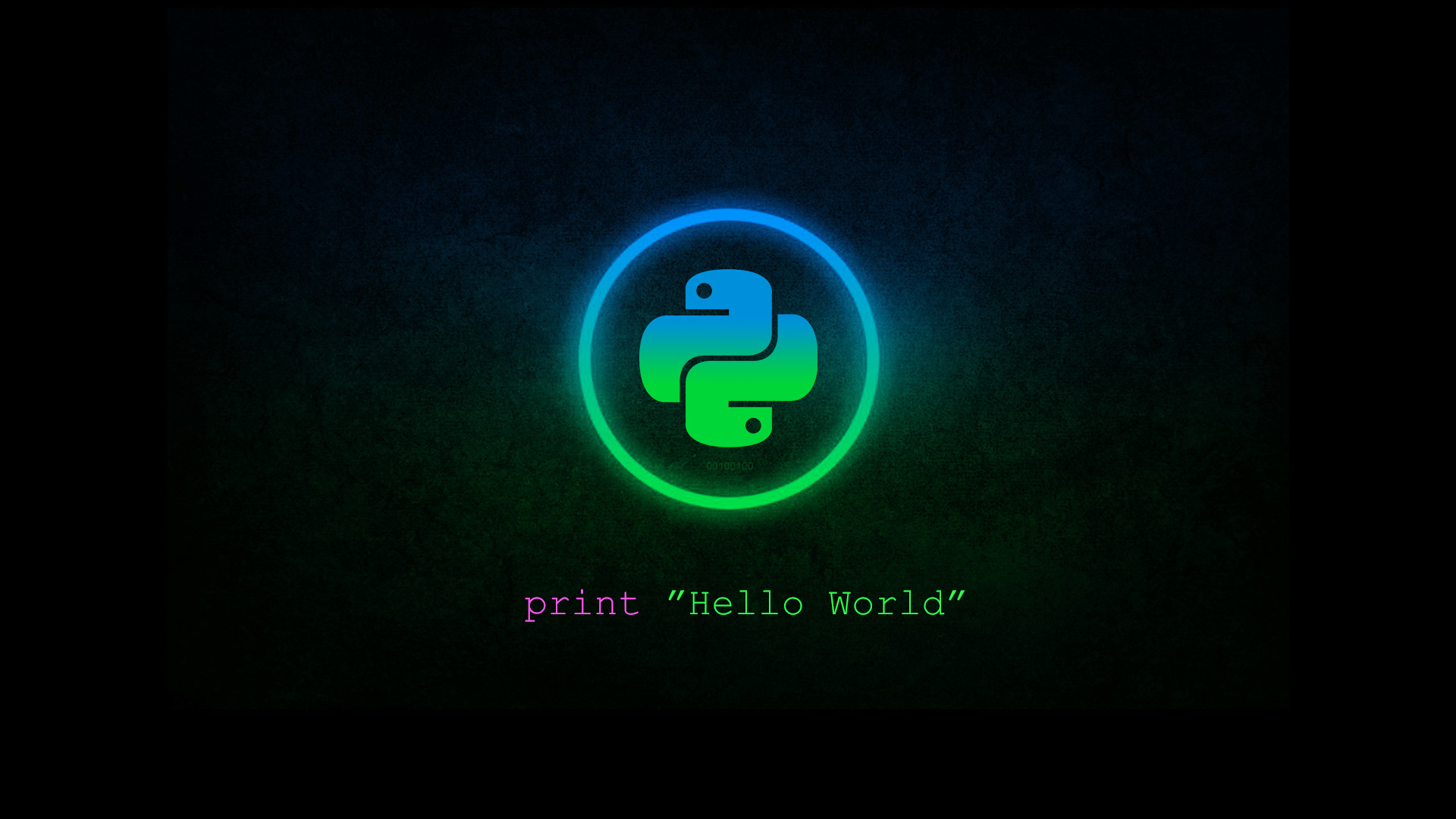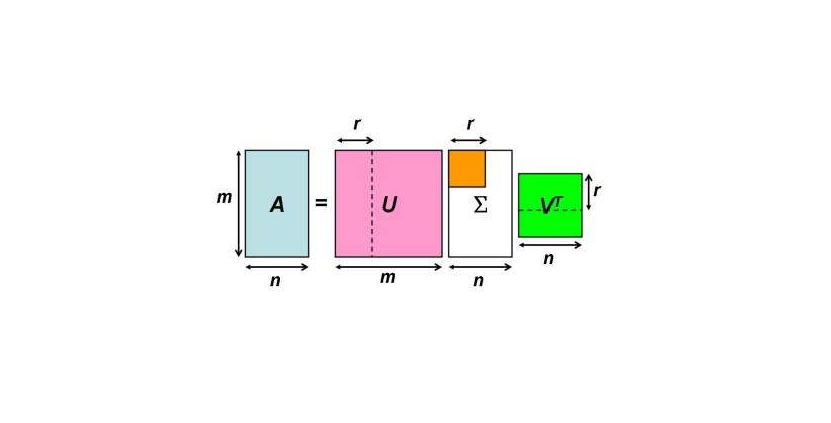1
2
3
4
5
6
7
8
9
10
11
12
13
14
15
16
17
18
19
20
21
22
23
24
25
26
27
28
29
30
31
32
33
34
35
36
37
38
39
40
41
42
43
44
45
46
| from sklearn.cluster import DBSCAN
from sklearn import metrics
import pandas as pd
def DBSCAN_tune(data, epsList, minList):
results = []
for eps in epsList:
for min_samples in minList:
try:
dbscan = DBSCAN(eps=eps, min_samples=min_samples)
dbscan.fit(data)
labels = dbscan.labels_
n_clusters = len(set(labels)) - (1 if -1 in labels else 0)
outliers = len(labels[labels[:] == -1])
noiseRatio = outliers / len(labels)
counter = Counter(labels)
silhouette = metrics.silhouette_score(data, labels)
v_measure = metrics.v_measure_score(labels, totalLabel)
results.append({'eps':eps, 'min_samples':min_samples, 'n_clusters':n_clusters,
'n_outliers':outliers, 'noiseRatio':noiseRatio, 'distribution':counter,
'silhouette':silhouette, 'v_measure':v_measure})
except:
print(eps, min_samples)
df = pd.DataFrame(results)
return df
statistics = DBSCAN_tune(data, epsList=np.arange(0.1, 5, 0.05), minList=range(2, 15))
tmp = statistics[statistics['n_clusters'] == 3]
tmp.sort_values(['v_measure'], ascending=False)
tmp.sort_values(['silhouette'], ascending=False)
db = DBSCAN(eps=opt_eps, min_samples=opt_minsamples)
db.fit(data)
labels = db.labels_
ratio = len(labels[labels[:] == -1]) / len(labels)
print('Noise ratio : {:.4f}%'.format(ratio))
n_clusters_ = len(set(labels)) - (1 if -1 in labels else 0)
print('Num clusters : {}'.format(n_clusters_))
print('Silhouette_Coefficient : {}'.format(metrics.silhouette_score(data, labels)))
>>> Noise ratio : 0.1615%
>>> Num clusters : 13
>>> Silhouette_Coefficient : 0.21903867779598668
|
